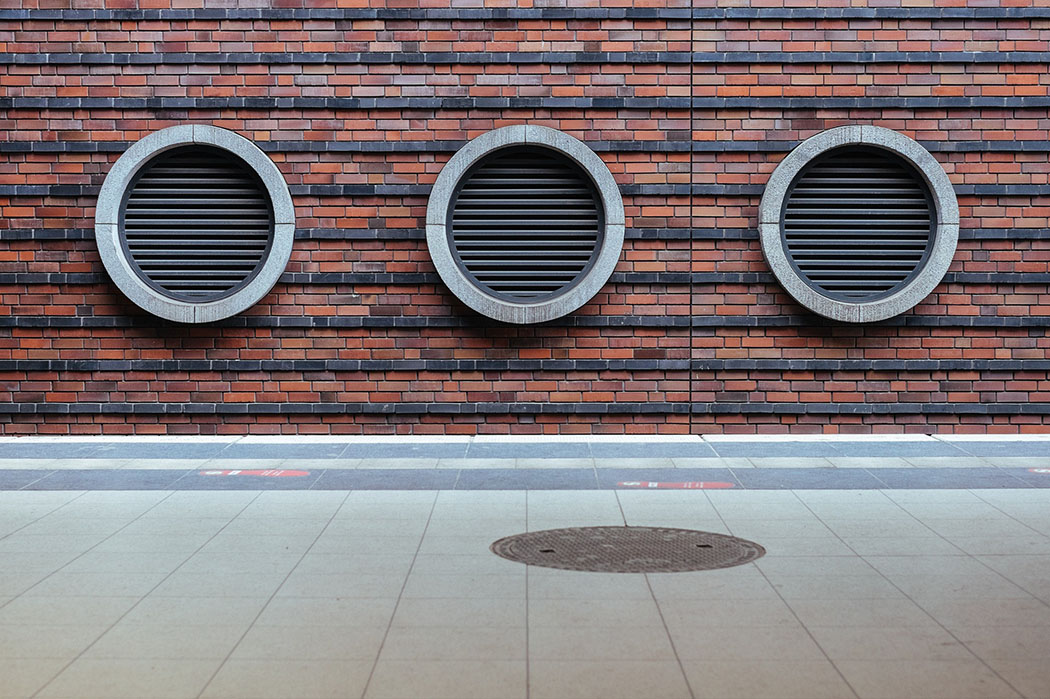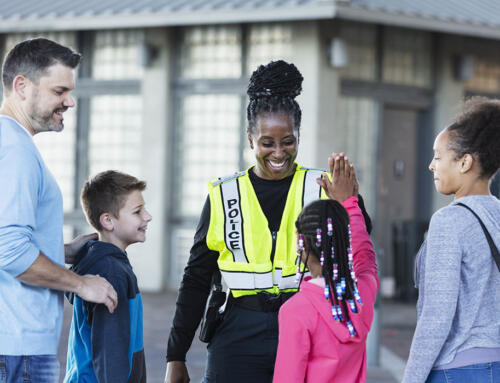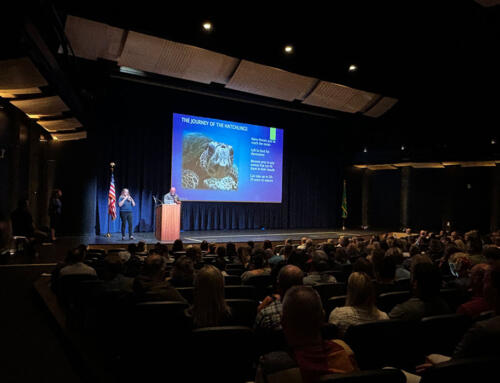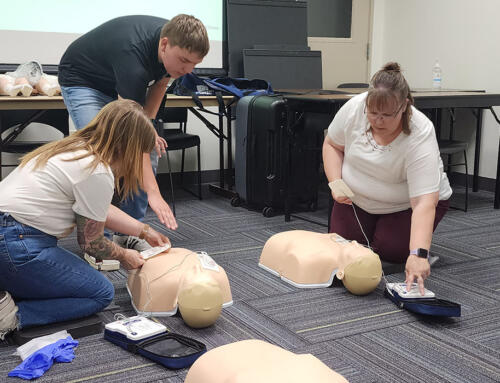Ensuring adequate ventilation throughout the work environment can help to maintain a safe and healthy school building and is important in reducing airborne exposure to viruses, including SARS-CoV-2 that causes COVID-19. The main goal in reducing airborne transmission of viruses is to decrease the number of viral particles that accumulate in indoor air, by increasing the intake of outdoor air as much as possible and/or through effective air filtration. However, ventilation and air filtration are not effective alone – they are tools that must be used along with other measures.
The following tips from the CDC and Washington Department of Labor and Industries and Washington Department of Health can help reduce the risk of exposure to COVID-19:
- If necessary, work with a heating, ventilation and air conditioning (HVAC) specialist to determine the best way to maximize the system’s ventilation and air filtration capabilities. Ensure all HVAC systems are fully functional, especially those shut down or operating at reduced capacity during the pandemic. Demand-controlled ventilation may be adjusted or disabled to ensure maximum outdoor air. For simple HVAC systems controlled by a thermostat, setting the fan control switch from “Auto” to “On” will ensure the HVAC system provides continuous air filtration and distribution.
- Bring in as much fresh air as possible by increasing the HVAC system’s outdoor air intake and reducing recirculated air. Open windows or other sources of fresh air where possible, weather permitting. Bring in outside air prior to occupancy and after, especially while cleaning and disinfection is occurring.
- Visually check outside air dampers to make sure they are open.
- Use HVAC system filters with a Minimum Efficiency Reporting Value (MERV) rating of 13 or higher, where feasible. MERV is a measure of how well filters capture particles. The higher the number, the better the capture of particles.
- Inspect filters and seals monthly. Change filters as needed (clogged filters decrease HVAC operation, stress the fan motors, and decrease ability to improve indoor air quality). Eliminate gaps around filters that allow non-filtered air to recirculate.
- Maintain humidity of 30-60%.
- Reduce occupancy in areas where outdoor ventilation cannot be increased to the optimal amount.
- Be sure exhaust air is not pulled back into the building from HVAC air intakes or open windows.
- Turn off ceiling fans or adjust them to pull air up rather than down to reduce particle dispersal.
- Use of fans for cooling is acceptable. When used, redirect personal fans to prevent blowing air from one person to another.
- Consider using portable, high-efficiency particulate air (HEPA) fan/filtration systems to increase clean air, especially in higher-risk areas. Avoid use of ionizers or air purifiers that generate ozone, a health hazard itself. Look for a unit that is California Air Resources Board Certified. See Air Cleaner Information for Consumers | California Air Resources Board
- When changing filters, wear appropriate personal protective equipment including a respirator with N-95 filters, eye protection (safety glasses, goggles, or face shields), and disposable gloves.
- Make sure exhaust fans in restrooms are fully functional, operating at maximum capacity, and are set to remain on.
- There is no special cleaning or disinfection for (HVAC) systems. Cleaning the system or filters with disinfectants is not recommended and not necessary.
- Encourage workers to report any safety and health concerns.
These ventilation interventions can reduce the risk of exposure to the virus and reduce the spread of disease, but they will not eliminate risk completely. Continue using multiple mitigation strategies to reduce the spread such as physical distancing, wearing face masks, hand hygiene, proper cleaning, and vaccination.





 ESD 112 equalizes educational opportunities for learning communities through innovative partnerships, responsive leadership, and exceptional programs.
ESD 112 equalizes educational opportunities for learning communities through innovative partnerships, responsive leadership, and exceptional programs.